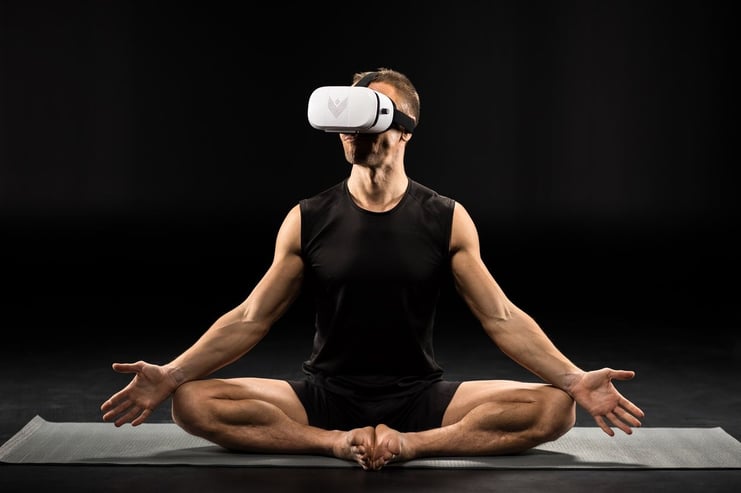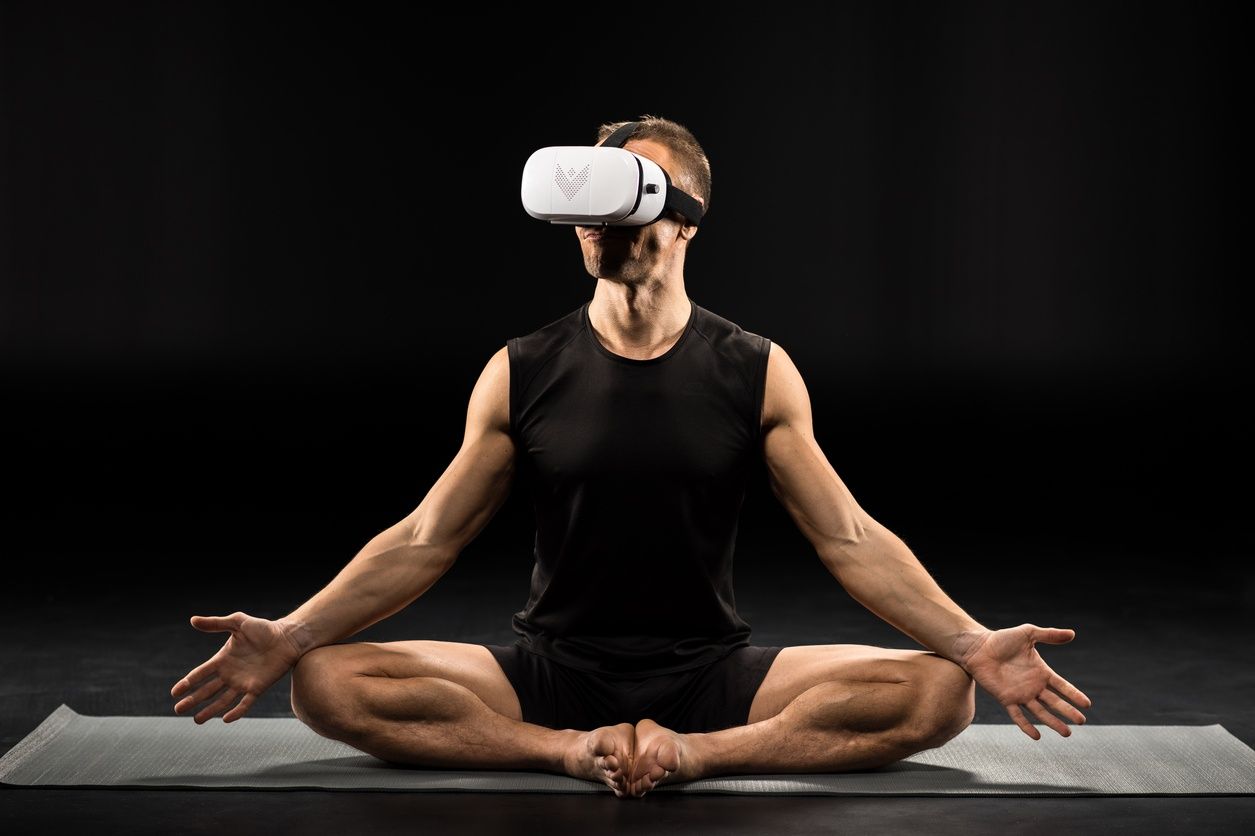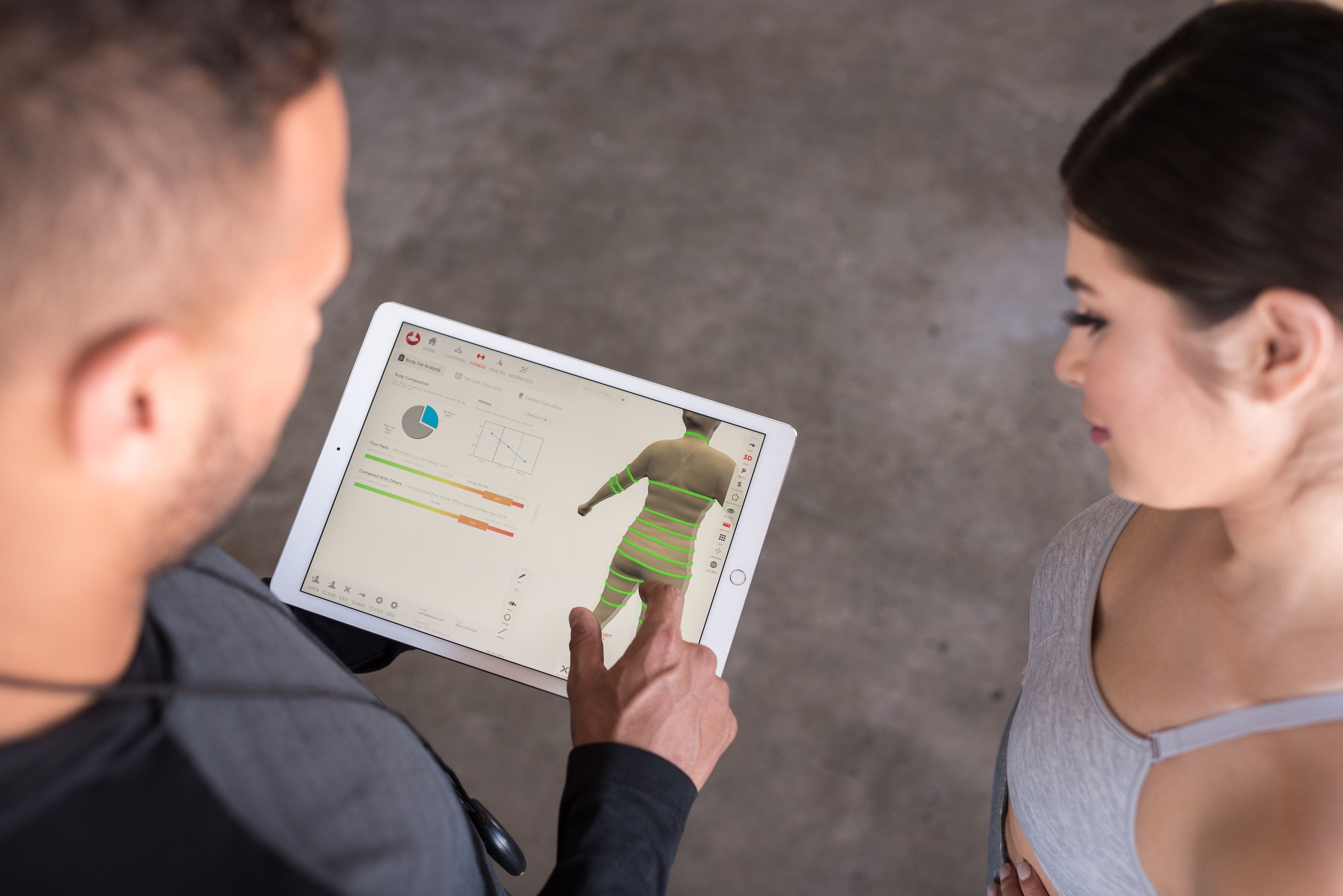
In 2017, we saw spin classes become the new social hangout. HIIT, or high intensity interval training, was a savvy gym-goers favorite way to burn major calories and jumpstart their metabolism. And infrared saunas proved they can help tackle muscle pain and soreness while keeping your heart pumping. It’s safe to say these fitness trends are here to stay. However, for 2018, what can we expect to emerge with a hold on the club industry?
Here's a look at the top 5 trends we're keeping our eye on in the health and fitness industry in 2018.
VR in Fitness
Using virtual reality for fitness is predicted to dominate tech-focused gyms, and it makes sense. Millions of people working out choose to “distract” themselves while running, lifting, or stretching. We see TVs embedded in treadmills, apps that provide a visual experience for workout assistance, and deafening music playing from group classes to energize and motivate. These trends are applauded for keeping customers coming back for more – but VR for fitness will be about providing an experience customers won’t be able to get in a traditional exercise setting.
Aspects of VR for fitness include totally immersive exercises. Think being able to transport clients from their grueling ab workout on a gym mat to swimming through the ocean floor, like The Icaros Machine. We also will continue to see apps that allow for you to experience your favorite music through simple movements, like block punching or cross body shots. Apps like Audioshield and Soundboxing integrate your pump-up music playlists to workouts you'll want to do again and again.
DNA Testing for Optimal Workouts
The controversy surrounding DNA testing to determine the best ways for you to workout come with no surprise. It’s mildly invasive, a little too sci-fi for some, but for others seeking to utilize what their momma gave them, genetic testing is a revolutionary way to get valuable insight on fitness.
The trend emerged from FitnessGenes, an interpretive service that tells you how certain chromosomes, genes, proteins, or mutations affect your health. The company is also able to determine your chance for disease, and how your physical traits are likely to look. It’s a new approach to viewing your body from the inside out – and many are interested in taking a look.
Can scientists say that this type of testing is foolproof for increasing your physical fitness? Not exactly, according to Self Magazine. In the article, human genomics Ph.D. Claude Bouchard explains how the testing is still in an early stage. He explains that these new tests should be taken at face value given the millions of factors at play for how your personal health and fitness is determined. However, Bouchard does agree that personalized diet and exercise plans will continue to be a strong contender for truly training your body to how you want it to look.
Wearable Tech
Tech-y tools you can wear aren’t going anywhere in 2018. Cyclists, runners, and health advocates have determined their loyalty to the FitBit, and it’s expected to launch its new edition of the FitBit Charge 3 in early 2018. These trackers help motivate and keep users in check with how they’re maximizing their workouts and overall health. It’s another way for customers to let someone or something keep track of their fitness goals.
Smart shoes, like the Under Armour Gemini 3 RE, will become more popular in 2018. The Gemini 3 RE’s track several aspects of your fitness and seamlessly connect through bluetooth the Under Armour app. Wearable tech like these shoes and fitness watches give customers a knowledge of their performance.
Because we know wearable fitness technology is a trend we've seen in past years, we hope to see these smart fitness trackers give more direction in regards to data collection. We all know they’re able to tell us how fast our heart is beating, how high we can jump, and how many steps we take in a day. We want the trackers to start turning that data into meaningful, personalized plans for how to best interpret and utilize the information we’re sporting on a daily basis.
Live Streaming Group Exercise Classes or Personal Training
Facebook and Instagram presented their live feature and changed the marketing strategy for thousands of companies. The ability to project a live stream to followers gave businesses of all kinds a way to present their information to the followers who want it now. It only makes sense that health clubs take advantage.
Many already have. Live streaming personal training sessions, yoga classes, and spinning courses have hit the market, and its likely their popularity will grow in 2018. Implementing a live feature for customers at your fitness center is an amazing way to involve customers when they’re unable to come into the gym. As the technology improves, so will the frequency of which you'll see live streaming occuring.
Explaining to club members and clients that all they need is an internet connection to get fit appeals to a vast market of people: those who live remote, those who are unable to drive given weather conditions, or those who just appreciate being able to workout from their living room. Take into consideration EMG Live Fitness. The website broadcasts from gyms across the nation at different times in the week for all types of fitness enthusiasts. Classes are also affordable at $5 per class, or $40 monthly.
3D Body Scanning as a Means to Understand True Body Composition
Gym-goers want to know their true body composition – and as the new year rolls in, you’ll want to give them the most accurate measurements and percentages so they can achieve their goals. That’s why we’re considering 3D body scanning a trend that will prove itself even more prevalent in 2018.
You could say we're a bit biased, but giving customers the ability to view a 3D avatar of their body with a Styku 3D scan gives a member a never-before-available baseline into their current starting point. 3D body scanners work in seconds – and the trained professionals at your club will be able to use the information generated from the 3D scan to create more personalized workout and diet plans to help the client pinpoint changes they want to make.
In 2018, we’re tossing aside the calipers and tape measure to provide the most accurate tracking software for clients and their health. Learn today how investing in 3D body scanning can take your health club and fitness center from arbitrary to the leader in weight loss and performance benchmarking.






